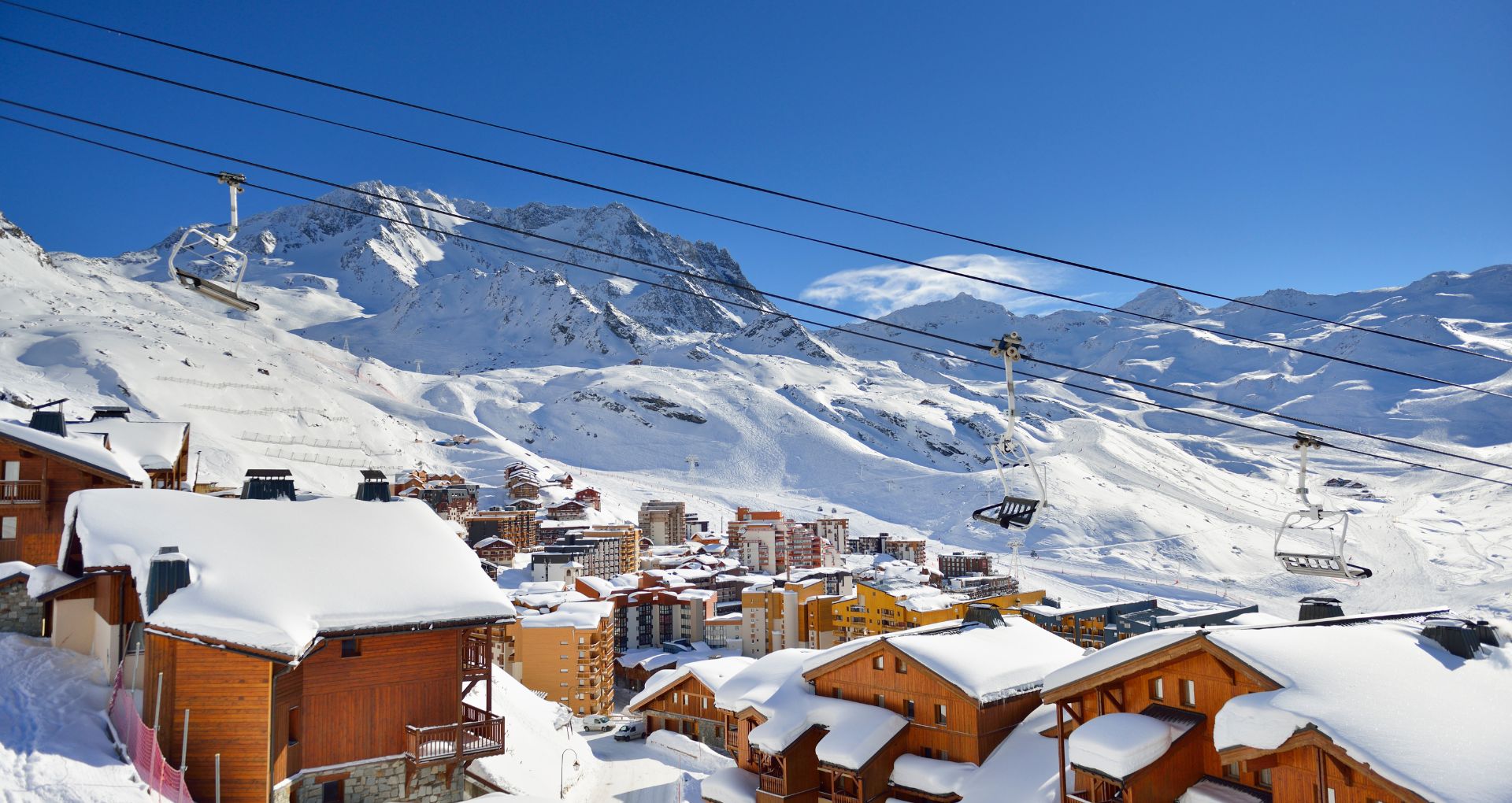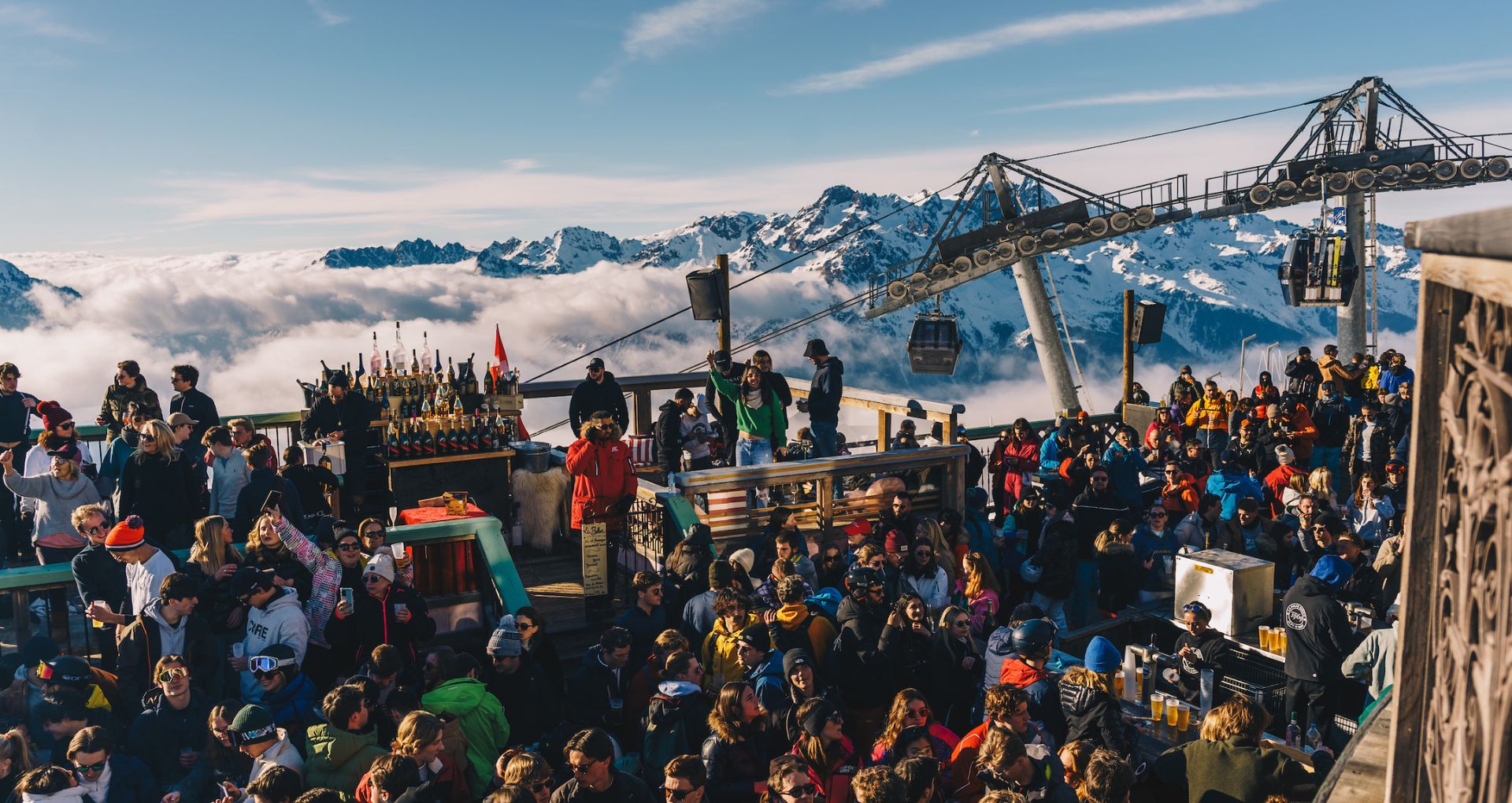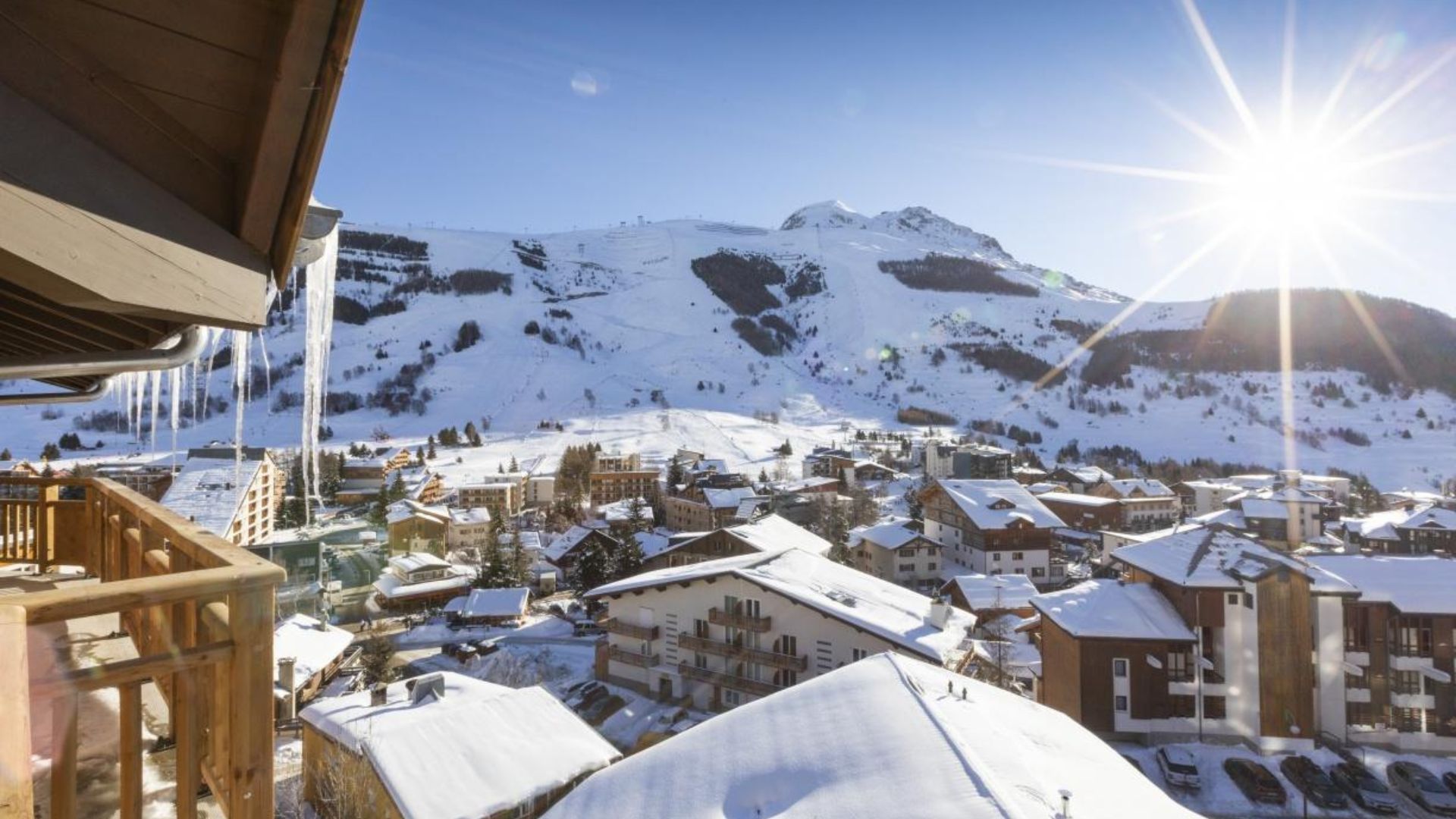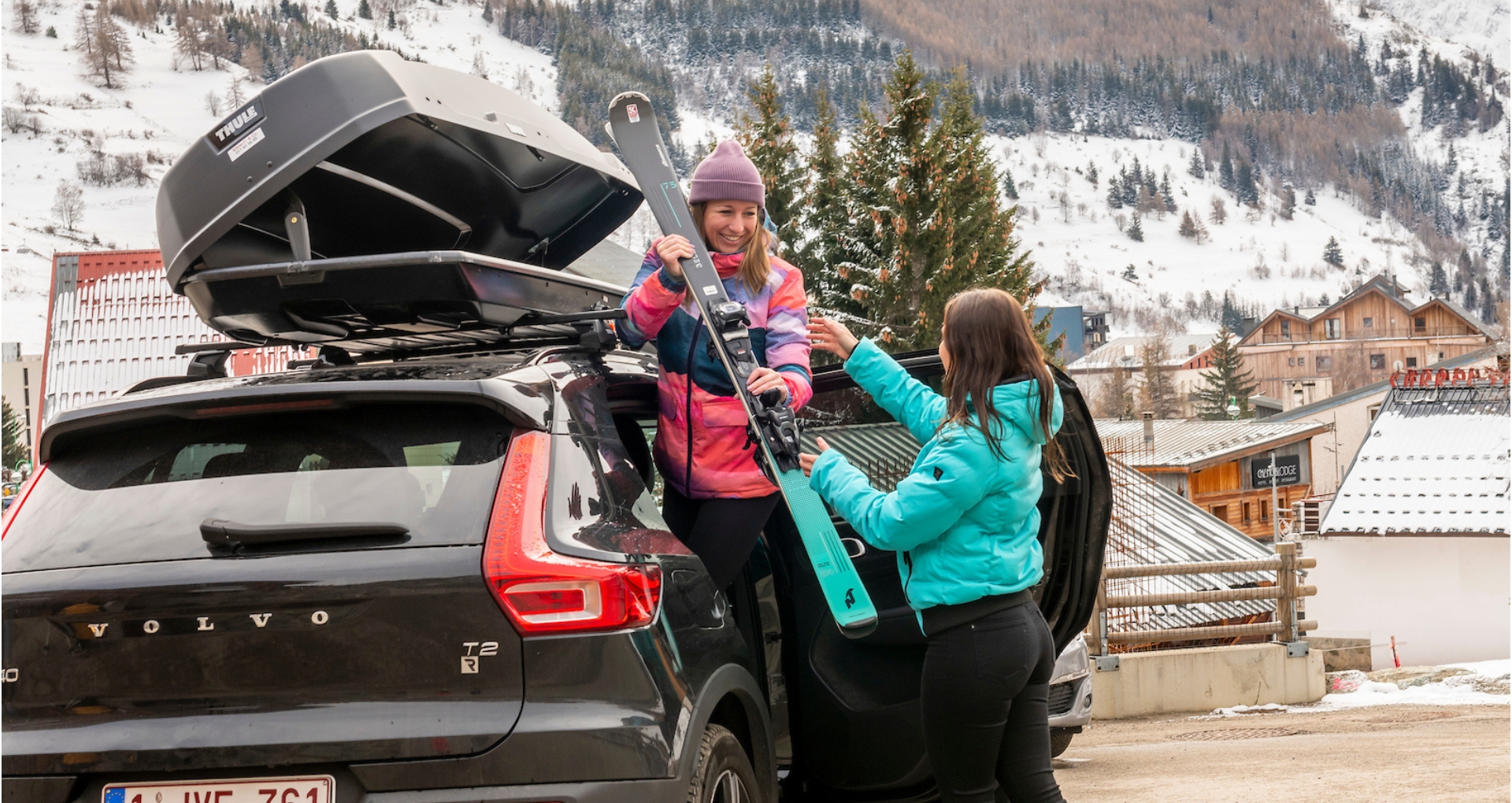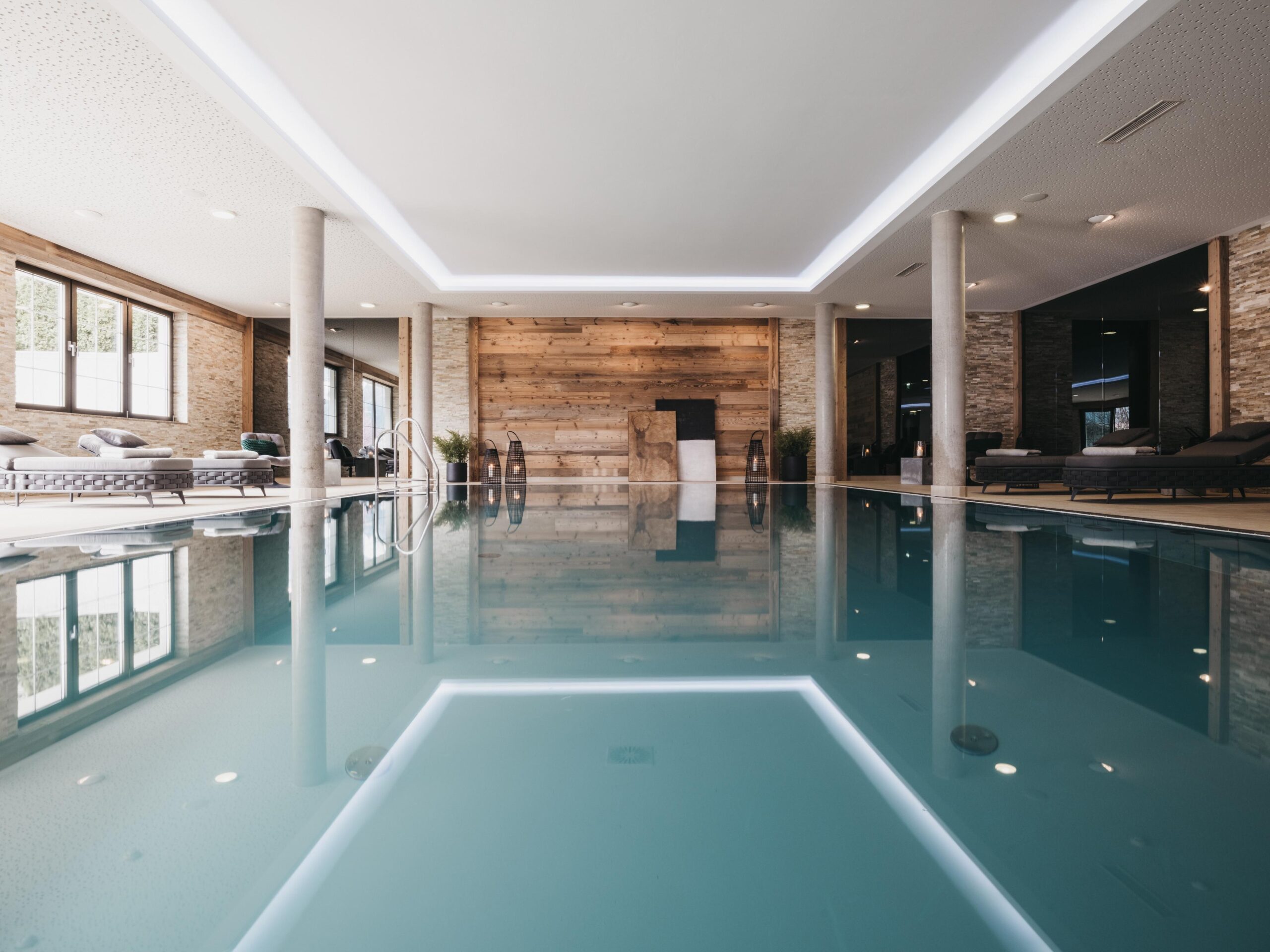You’ve already imagined yourself sliding down the fresh powder, discovering new activities with your family, and enjoying a delicious hot chocolate by the fire. You’ve found the accommodation you’ve been dreaming of, in a charming ski resort or a large ski area. But have you thought of everything? Whether you’re only thinking about your next ski holiday, or have already booked the trip, it’s a good idea to know how to prepare before leaving for a ski trip. We’ve put together a list of things to do and double-check before your holiday begins. Get ready for the slopes!
Book your stay early
First come, first serve! Consider booking your skiing holiday in advance, so that you can plan your stay exactly as you want and can avoid surprises. When you book early, you will also have more time to plan your holiday. Do you want to go with your family, as a couple, or with friends? Do you want to stay in an apartment, a hotel, or a chalet? Do you want to be at the foot of the slopes with a ski-in, ski-out accommodation, or to be able to relax in a spa after skiing?
One thing that won’t change is that you’ll always go with Sunweb all-inclusive: ski passes are included and ski equipment is free! Moreover, with our Holiday Guarantee, you can leave with peace of mind. To take advantage of low prices, don’t miss our early booking deals!
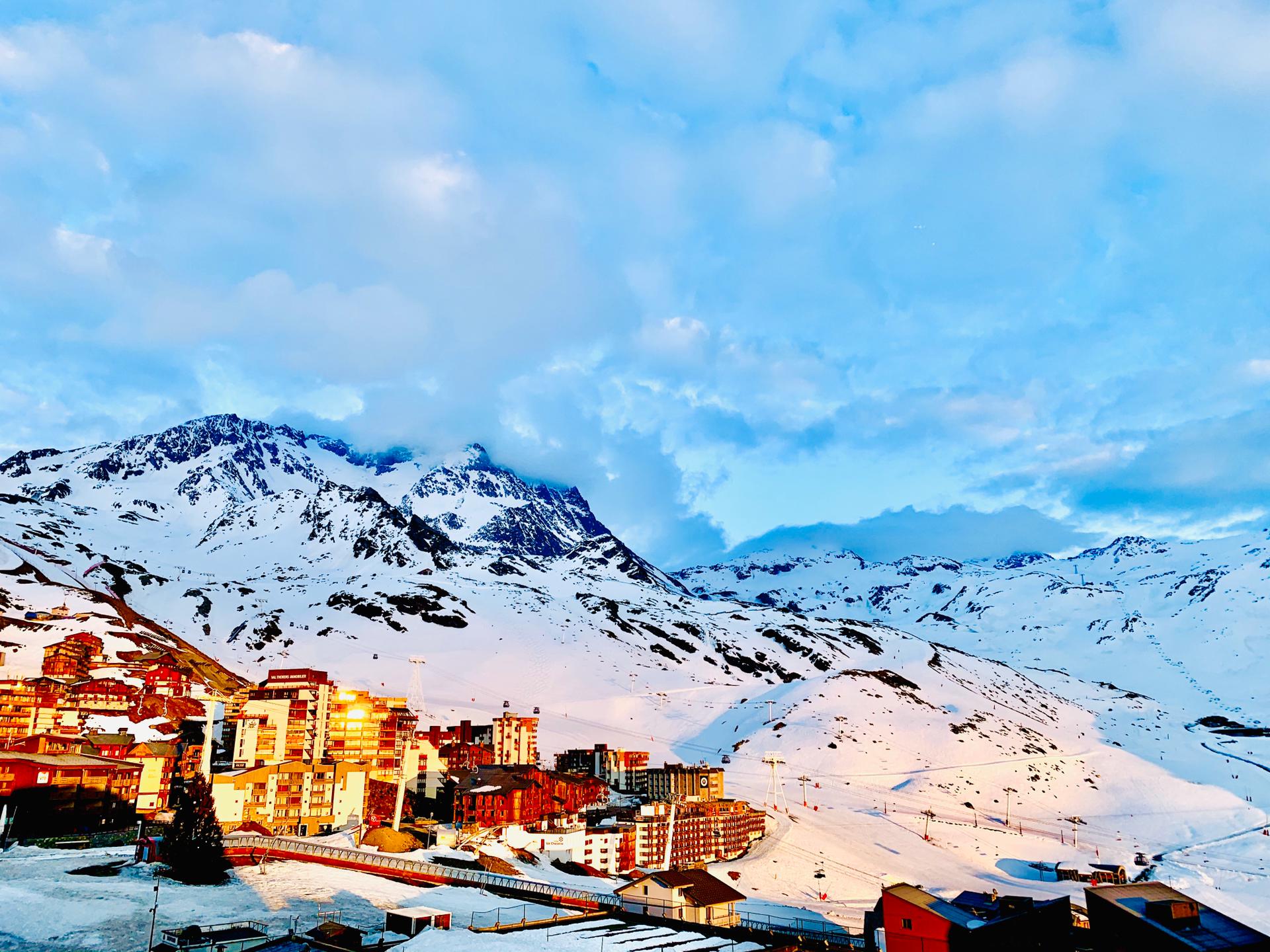
Choose a ski resort that fits your level of skiing
Are you a seasoned skier, is it your first time on the slopes, or are you travelling with the whole family, including children? There’s a lot to consider before booking a skiing holiday, but if it is your first time on the slopes, it is essential to pick a beginner-friendly ski resort.
Although almost all ski resorts have slopes suitable for first times skiers, it can be advantageous to pick a smaller ski resort with a wide array of green slopes. Once you get the hang of it, you can advance onto the steeper blue slopes and work your way to up.
Regardless of your current ski level, it is always a good idea to leave your pride at home when skiing – even the professionals fall sometimes. Are you completely new to the slopes? You should give yourself at least a few days to get the hang of it. And remember: there is no shame in booking a ski instructor!
Think about booking services you might need onsite
Are you ready, or have you forgotten something? For example, you might need to book your ski or snowboard lessons in advance or upgrade your package. With Sunweb, skiing is an all-inclusive experience: your lift pass is always included. And with our Holiday Guarantee, you won’t need to stress before leaving: our flexible exchange allows you to rebook your self-drive holiday (or holidays booked with flexible flights) up to 6 weeks before departure. Need more flexibility? For a small fee you can add our Premium Exchange Guarantee that allow you to exchange any holiday to a new date or destination up to 2 weeks prior to departure. That incredible if you are insecure about the snowfall in the outer periods.
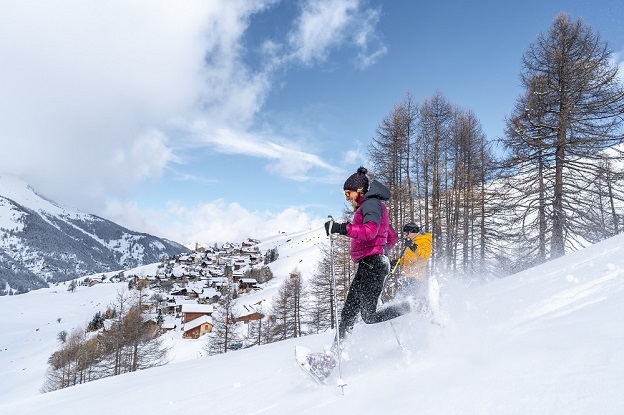
Get in shape 1 – 2 months before
Whether you’re a weekend warrior or a seasoned athlete, here are a few tips to help you avoid aches and pains and, above all, the risk of injury on the slopes. We advise you to improve your cardio 1 – 2 months before your ski trip. And remember to stay hydrated! To ski well, you need to strengthen your lower body. Here are three exercises that you can easily do at home, without equipment:
Squats: Stand with your back and legs straight, feet shoulder-width apart, bend your knees, and exhale on the way down whilst contracting your abs. Alternatively, try jump squats, to improve your cardio.
Lunges: Stand with one leg forward and one leg back, keep your back straight, bend your knees as you exhale on the way down, and contract your abs. The heel of your back foot should be off the ground.
Planks: Great for developing core strength. With your forearms on the ground, resting on your toes, hold this position for a few minutes whilst keeping your back straight.
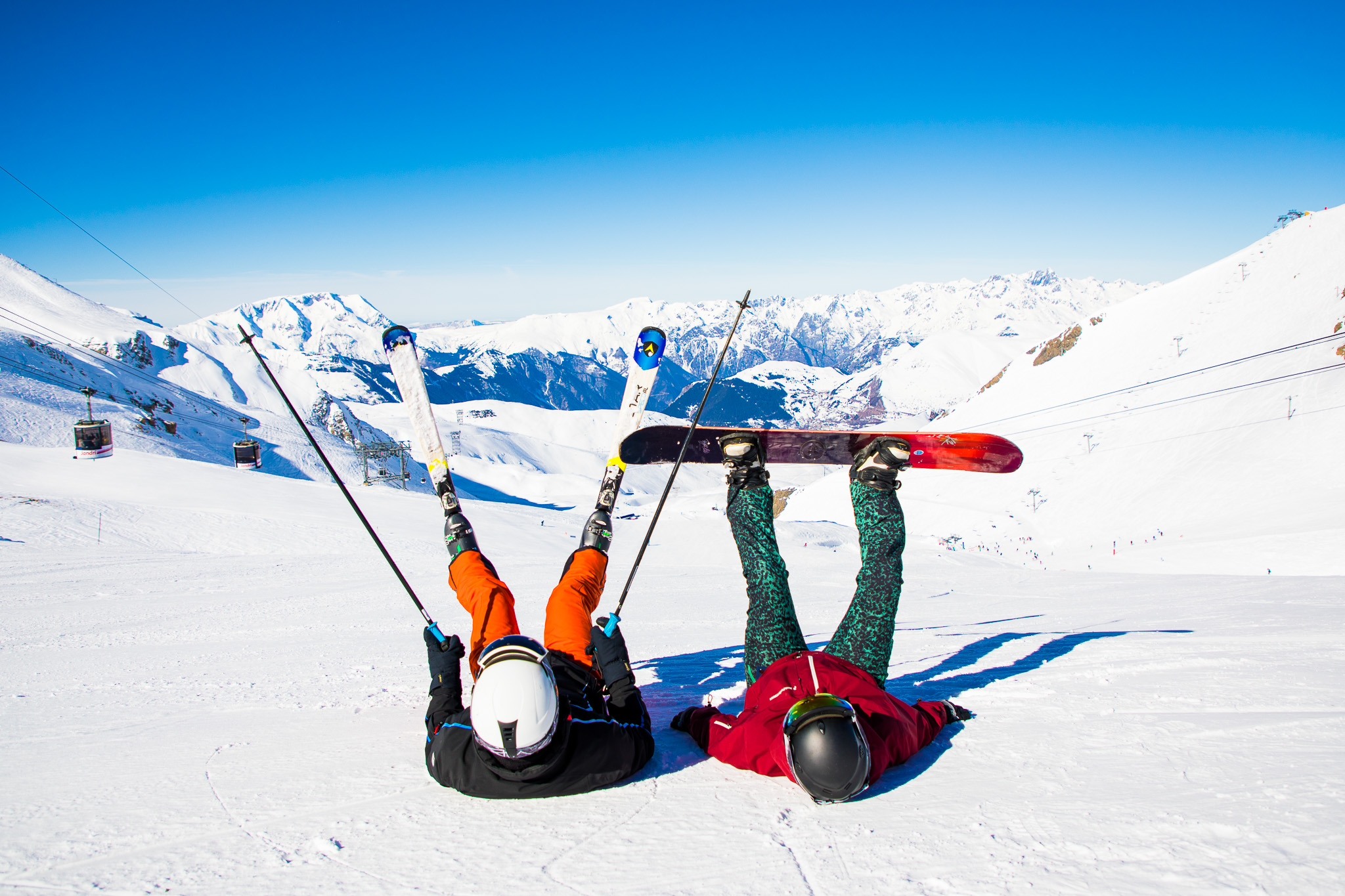
How to pack before leaving for a ski trip: think simple and practical
Take only warm and comfortable clothes with you. Are you afraid of forgetting something? To be at your best on the slopes and prepared during your skiing holiday, here are the essential clothes and accessories to take with you:
If it’s very cold: The temperature in the French Alps, Austria, and Italy can often be in the negatives. That’s why it’s essential to think about taking appropriate clothing. To do this, nothing could be simpler than adopting the 3-layer rule:
1st layer – breathable: underwear that is tight-fitting and keeps you warm but does not make you sweat.
2nd layer – insulating: a fleece for the upper body, and fleece leggings/ski pants lined with fleece for the lower body.
3rd layer – protective: a ski jacket or parka. You should not be tightly packed into your clothes.
Footwear: the extremities of the body are very sensitive to the cold, so it is important to invest in good waterproof footwear and warm ski socks.
Accessories: it is important to think about covering all of your extremities, such as your head and hands. Take a fleece-lined hat and Gore-Tex gloves.
In case of bad weather and lots of snow:
It’s not always sunny on the ski slopes… Cold wind and snow may well be part of your stay. Here’s some advice, so you can be well-equipped during your ski trip, even in bad weather: Choose your goggles well: there’s nothing more unpleasant than not seeing the reliefs or bumps on the slopes – opt for a special fog-proof pair of goggles. Invest in some good gloves: your choice of gloves is important! Quality gloves that are waterproof and have warm insulation are essential. A waterproof jacket: in case of snowfall, it is best to have a waterproof jacket. Staying dry is key! You can also invest in a down-lined jacket for extra warmth.
If it’s sunny and warm:
The sun is out! You can then shed a few layers and work on your tan on the ski slopes! But be careful, there are some rules to follow to avoid sweaty and uncomfortable skiing:
Light upper body: wear underwear that wicks away perspiration and does not get damp.
Protective sunglasses: sunglasses with a category 4 protection factor are best, as they reduce glare by 90%. Think about the color! This will affect your perception of contrast and brightness. Orange, yellow, or pink sunglasses are ideal for low light. Brown sunglasses are great for overcast and cloudy weather. Grey sunglasses are the best for sunny days.
Related posts
Leave a comment

